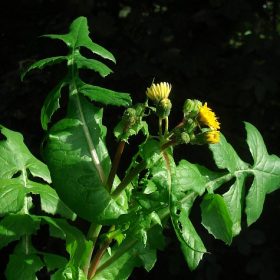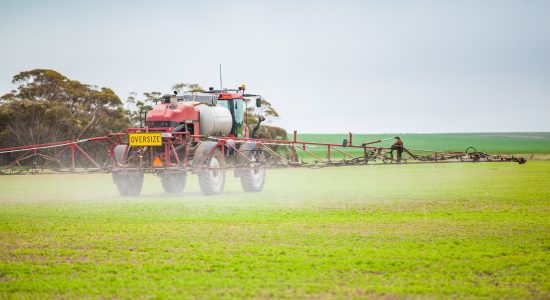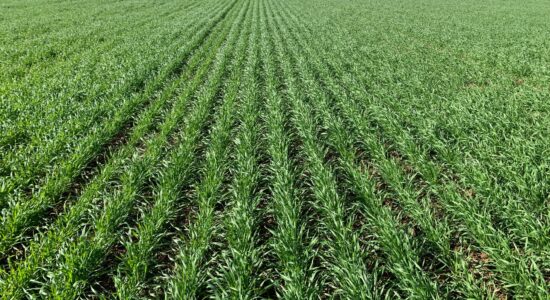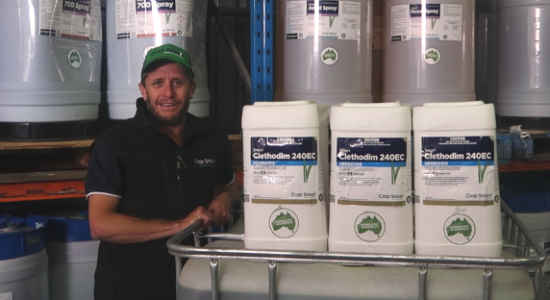
Not all pests are pests
As we move into spring, insect activity begins to increase. Many people will be monitoring their crops for insects and will be finding many different types. Not all are bad and some can be very beneficial, especially in keeping pest numbers below spray thresholds. These are some common beneficial insects, along with images for identification and foods they like to eat. It is important to be aware of what these insects look like to prevent wasting money and time spraying what is not a pest and knowing when and where nature is giving you a helping hand.
Spiders
Many types of spiders are found in crops and are regularly caught in the sweep net. They are a good predator of a range of insects including flies, crickets, aphids, caterpillars and moths.

Lady beetle
There are several types of lady beetles, found in all crop varieties and easily distinguishable by their black spots on their red, yellow or orange shells. Their larvae have grey/black elongated bodies with orange markings and may be covered in spines or white fluffy wax material. Both ladybird adults and larvae are predatory and feed on aphids, leafhoppers, thrips, mites, moth eggs and small caterpillars.
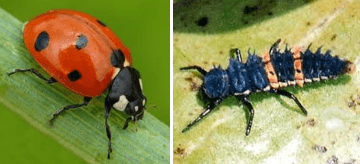
Hoverfly
Hoverflies are most commonly found in flowering crops such as canola. Adults are 4-7mm long and have dark coloured flattened bodies with black and yellow markings. They look similar to bees and wasps and as the names suggests they ‘hover’. Their larvae are green and legless, 8-10mm in length and can be mistaken for pest caterpillars such as diamondback moth. Hoverfly larvae prefer aphids but will attack a range of soft bodied insects.
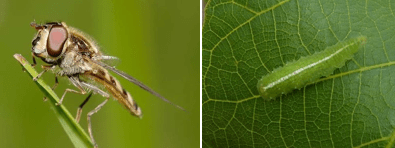
Brown and green lacewing
Brown lacewing adults are 6-10mm in length and are a mottled brown colour. Green adult lacewings are 15-20mm in length. The lacewing larvae lack wings and have protruding mouth parts with a body that is long and varies in width. Lacewings are found in all crop varieties and attack aphids, thrips, mite, caterpillars and moth eggs. Brown lacewings and their larvae are both predatory while only the larvae, and not the adults, of the green lacewing are predatory.

Damsel bug
Damsel bug adults are 8-12mm in length and have a slender light brown body. Their juveniles have a similar appearance but are smaller in size. Damsel bugs can be found in all crop varieties and are predators of caterpillars, moth eggs, aphids, leafhoppers, mites and mirids.
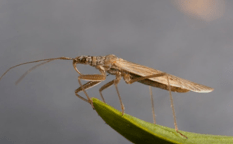
Aphid parasitic wasps
There are many different wasp species which attack aphids. Adult wasps are relatively small in length (2-3mm) and are brown to black in colour, with a very slender body. The parasitic wasps lay their eggs into the back of live aphids where the developing wasp larvae feed, eventually killing the aphid. The bronze coloured swollen bodies of the aphids are all that remain. These ‘aphid mummies’ are a sign of the parasitic wasp’s presence. Aphid parasitic wasps are found throughout Australia. Their food sources are very specific and will only be present in an environment if its particular food is present.
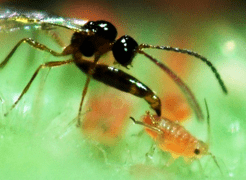
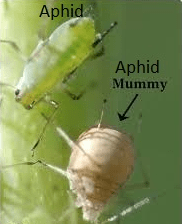
Pest species generally become an issue when they build up faster than the beneficial insects can. Once they pass levels where they will cause economic damage to crops and pastures, we intervene with an insecticide. Beneficial insects can also be slow to increase in our rapid growing seasons; however, it is reassuring to know there are insects on your side. There are many more varieties than those mentioned here, however these are the most common types you are likely to find in your crops.
The Smart Agro


